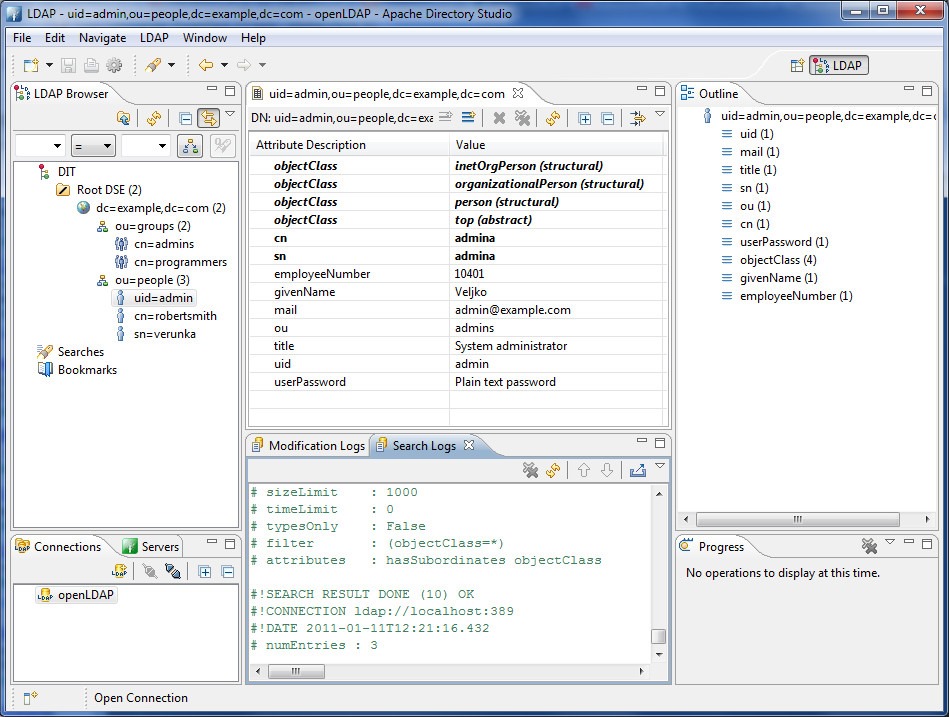
It just so happens that Howes was working on his PhD in computer science at the University of Michigan at the time. At the time, the expectation was that online users would create separate accounts for all of the different online services they sought to access and use (e.g., email or web services). LDAP was first developed by Tim Howes, chief technology officer at ClearStory Data, and his colleagues. However, it is important to mention it is capable of interacting with other directory services and access management solutions as well. LDAP functions as an excellent protocol solution for AD.

As its name suggests, LDAP is a lightweight client-server protocol used to access directory services. One such protocol is LDAP, or Lightweight Directory Access Protocol. What about LDAP? In short, in order for a directory like AD to function it is necessary to have a protocol in place for querying it, maintaining it, and authenticating access to it. So we’ve established that an AD is a services directory akin to a phone book. What Is the Difference Between LDAP and Active Directory? This hierarchical structure often mirrors the structure of the company or organization the AD serves. And at the highest level, forests are hierarchical groupings of trees that share the same global catalog and directory schema. At the middle level, trees are hierarchical collections of one or more domains. Domains are defined as a logical group of network objects, such as computers, devices, or users, that share the same AD database. At the lowest level, domains contain sets of objects. In our phone book example, a user could utilize their company’s AD to track down their colleague’s contact information.ĪDs are structured around domains, trees, and forests. Embedded within this, users or groups of users are assigned a set of privileges that afford them access to information and objects in the directory. It provides an interface for organizing and managing objects on a shared network-meaning desktop and laptop computers, devices, printers, and services, as well as user and user groups. AD is a directory service product developed by Microsoft exclusively for Windows.
Ldap address book server windows windows#
Nowadays, if they were on a Windows network they would turn to Active Directory (AD). What is the equivalent of a modern day phone book in this context? Let’s say, for instance, someone works for a company or organization and wants to find the email address of a colleague.

However, although physical phone books are now essentially irrelevant, the concept of a phone book- a directory for accessing the contact information of anyone who has consented to make this information available-remains with us. The days of flipping through the yellow pages in search of your local pizza shop’s phone number are well behind us. In our digital age, phone books are increasingly a rarity. To help facilitate this reflection and understanding, we have decided to lay out some of the key differences between AD and LDAP and explain the important relationships between them.


 0 kommentar(er)
0 kommentar(er)
